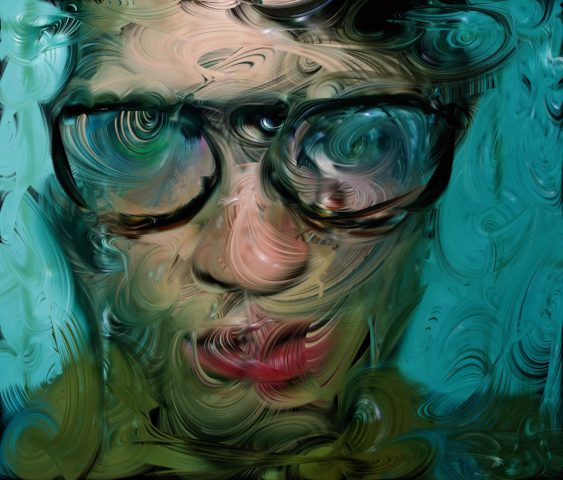Product Design and Parametric Forms
I got really into looking at generated parametric 2D designs on tangible materials (mostly lasercut) and 3D forms because I just never knew it was possible to create programs to generate 3D forms or on 3D mediums. My interest in this area of generative products comes from playing with the laser cutters in Ideate and the 3D printer in my products studio.
There were so many amazing programmer artists and designers from the lectures that I wish I could all write about (my top three being Marius Watz’s laser drawings, John Edmark’s Fibinocci bloom sculptures, and Wertel Oberfell’s Fractal Tables). Something I find similar and extremely intriguing in most programed 3D forms is this sort of meta design going on of nature inspired patterns and forms are applied on either natural materials (wood, plywood) or a nature inspired pattern/form grows from 3D printers (stereolithography). It’s a new way of seeing nature and materials. The end results are beautifully nature inspired and only possible through generative programs.
Marius Watz left the deepest impression on me because before this summer started, I bumped into a designer in my studio who created similar forms like Watz’s below. He was designing various organic and nature inspired “knobs” he called. One of them looked like a sea urchin shell:
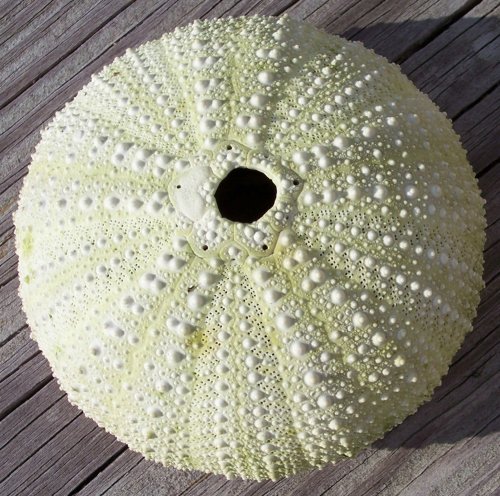
He told me he was designing for patients who have suffered a stroke and can no longer understand or realize what they are interacting with. That’s why he was exploring some organic forms that have more tactile grip and interaction compared with a door knob’s smooth cylinder.
Marius Watz’s forms (2011) make me think about how his design process could be applied to more fields like helping medical patients improve their senses and ability to feel, acting as indicators on walls or products for changes in environmental setting, or simply enhancing our interaction with objects instead of just swiping or tapping on smart phones.
I’m not entirely sure what the steps would be but it seems like he created an algorithm to create these forms, entered the data in CAD software like Rhino, then exported it as stls for the 3D printer, and had to adjust the design to create the best fidelity since the 3D printer can be janky. His CAD files look more chaotic in complex layers and forms than some of the final results, so there are definitely adjustments. His effective efficiency looks to be more on the disorderly and complex side with forms that look more inspired by natural organisms and the ones that are less rotationally symmetrical. Overall I find Marius Watz’s forms both beautiful to look at, potentially functional in their strong tactility, and just fun. It looks like he enjoyed his process and explorations just by the quantity, varying designs, and his bright choice of color.
See Marius’s form studies and more of his work
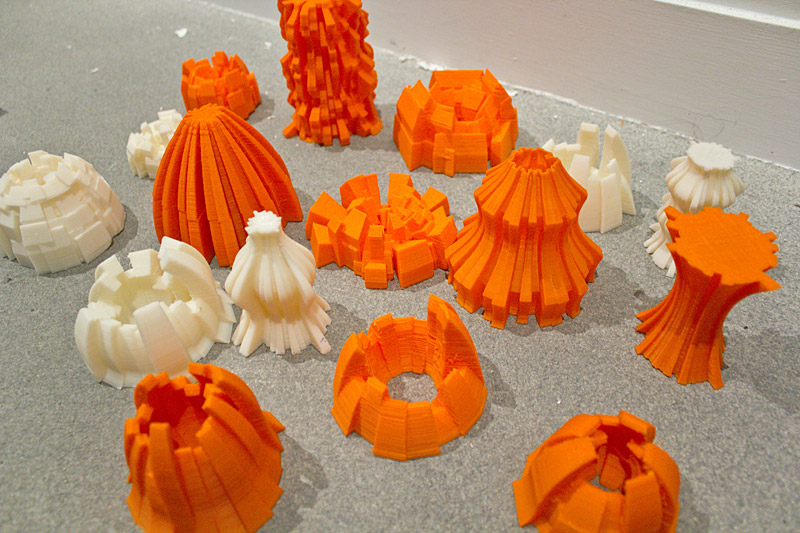


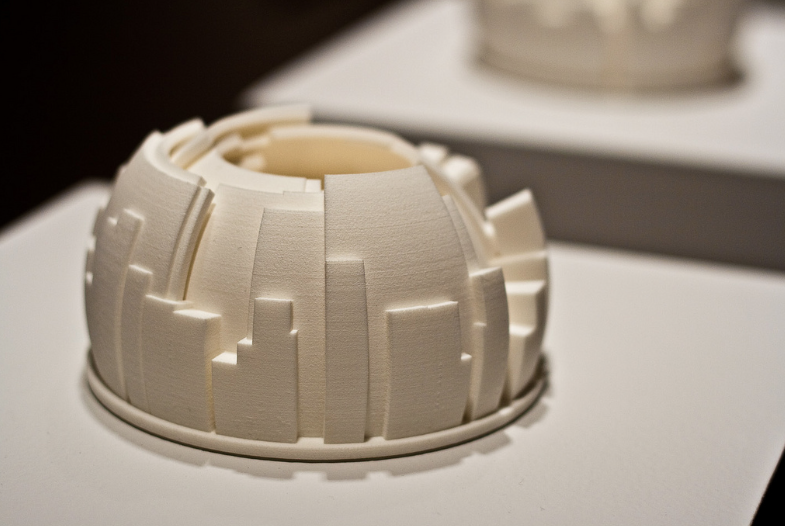
Really inspiring and work 🙂
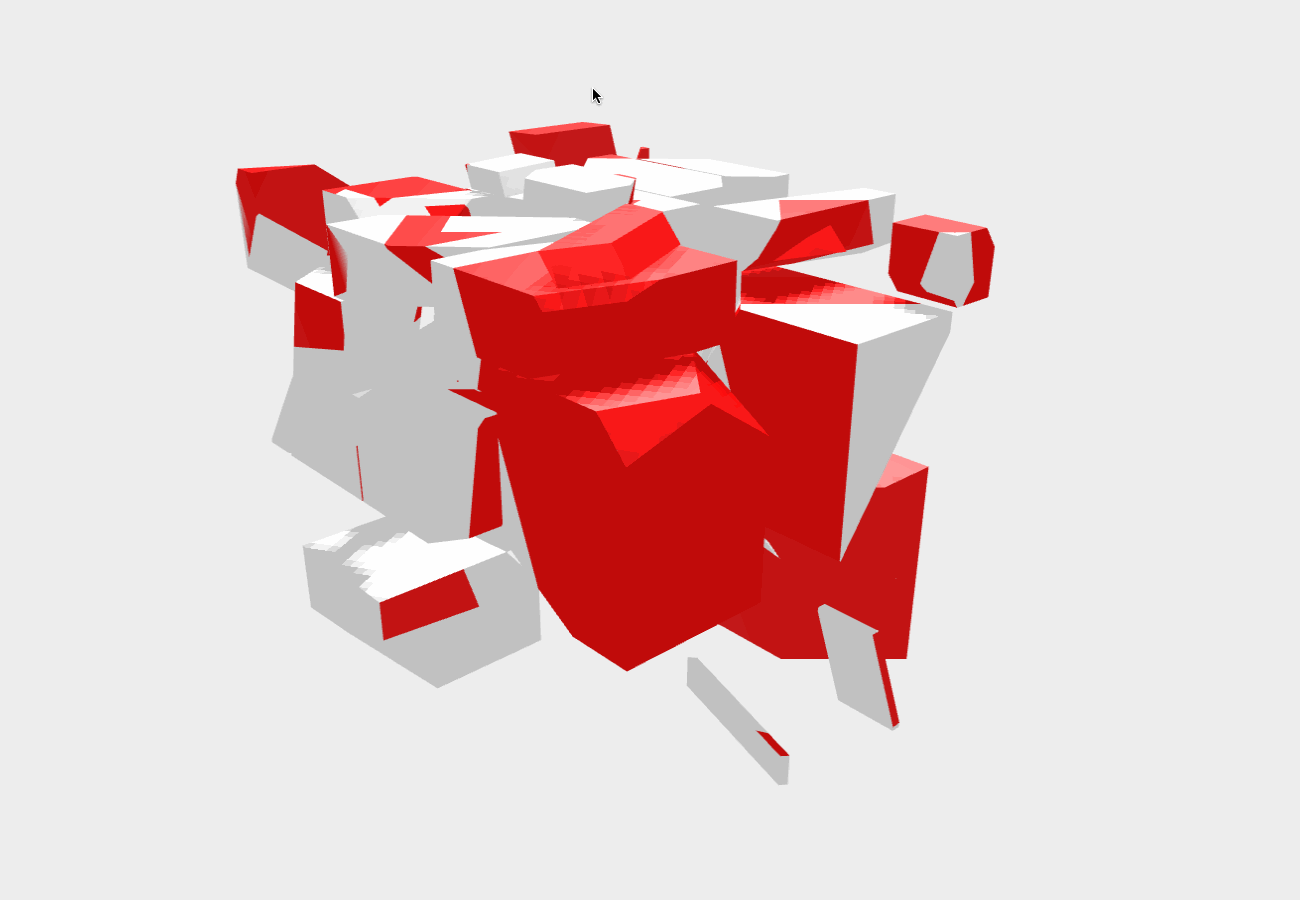
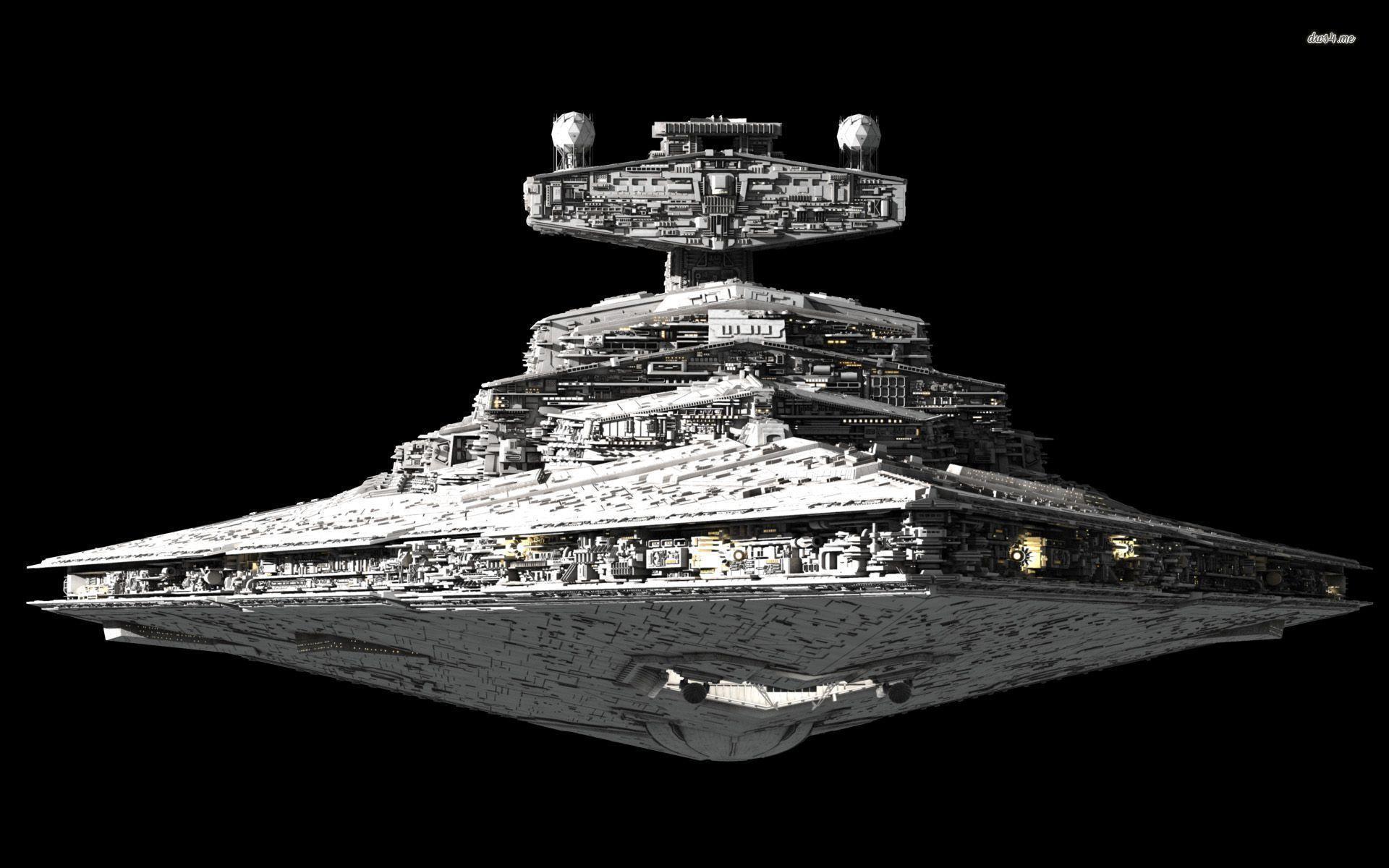
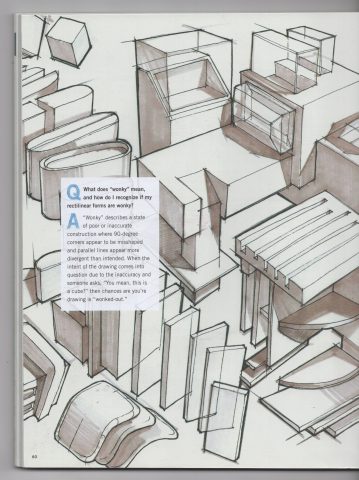





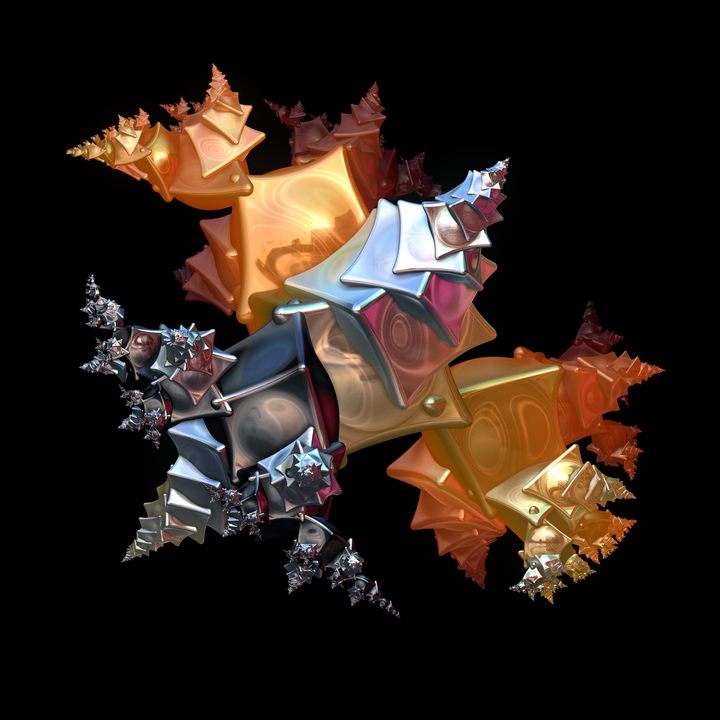
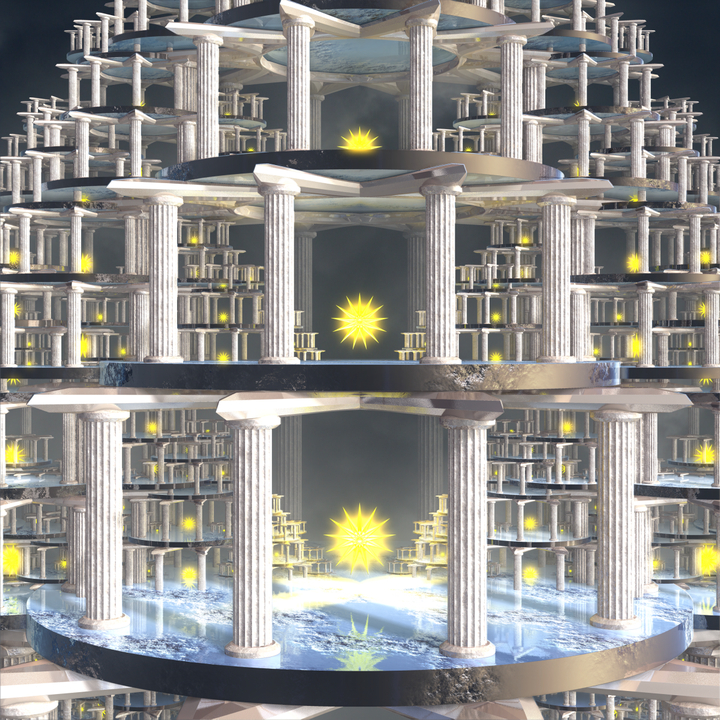







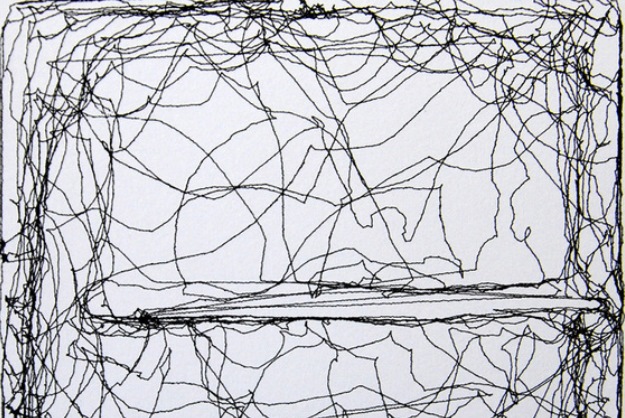
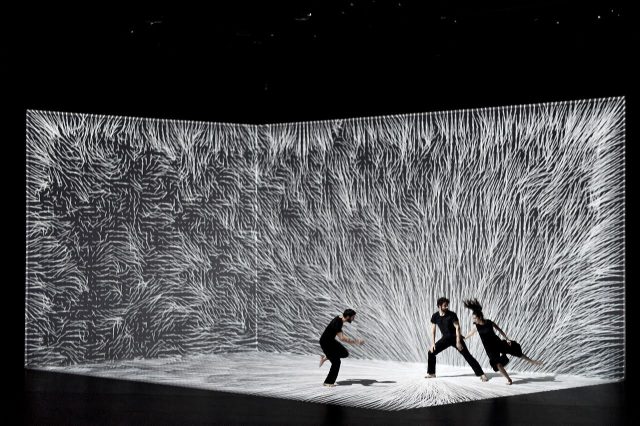
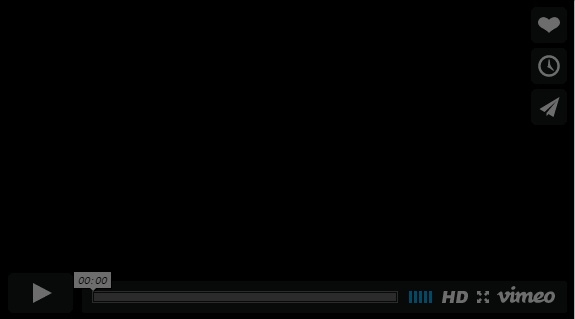
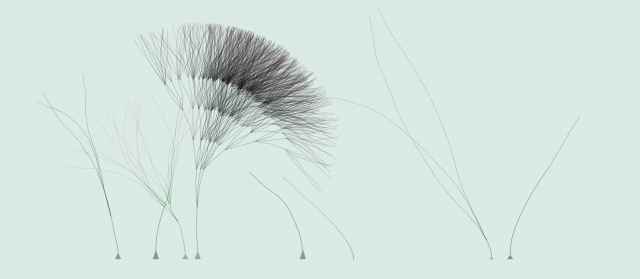
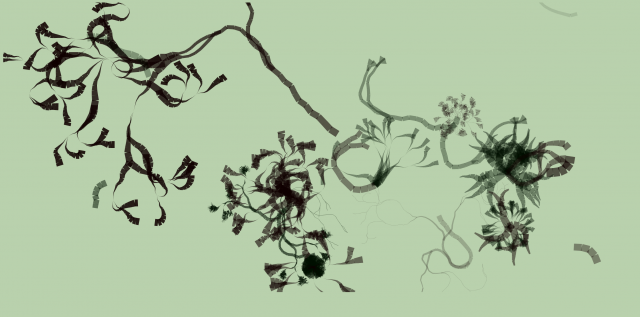
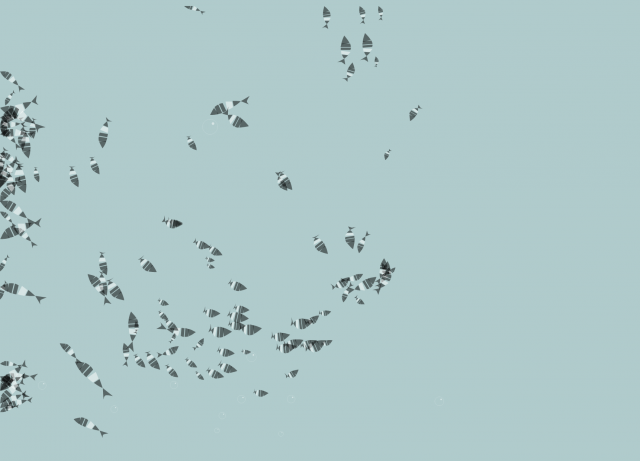
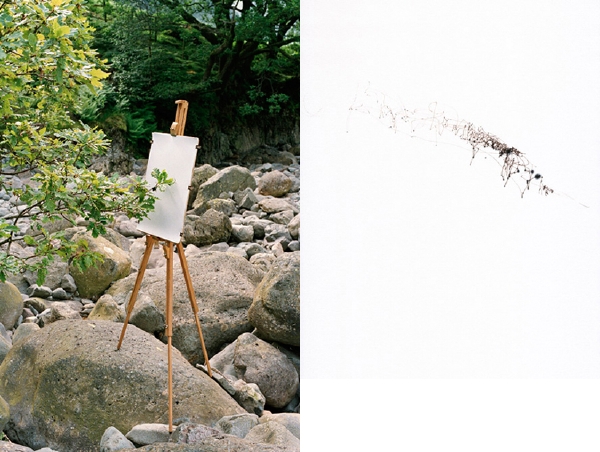
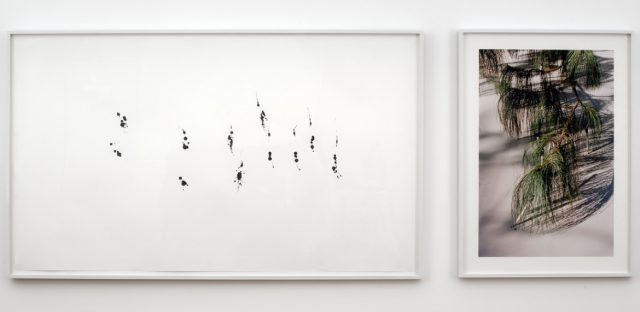

012LRrtd.jpg)

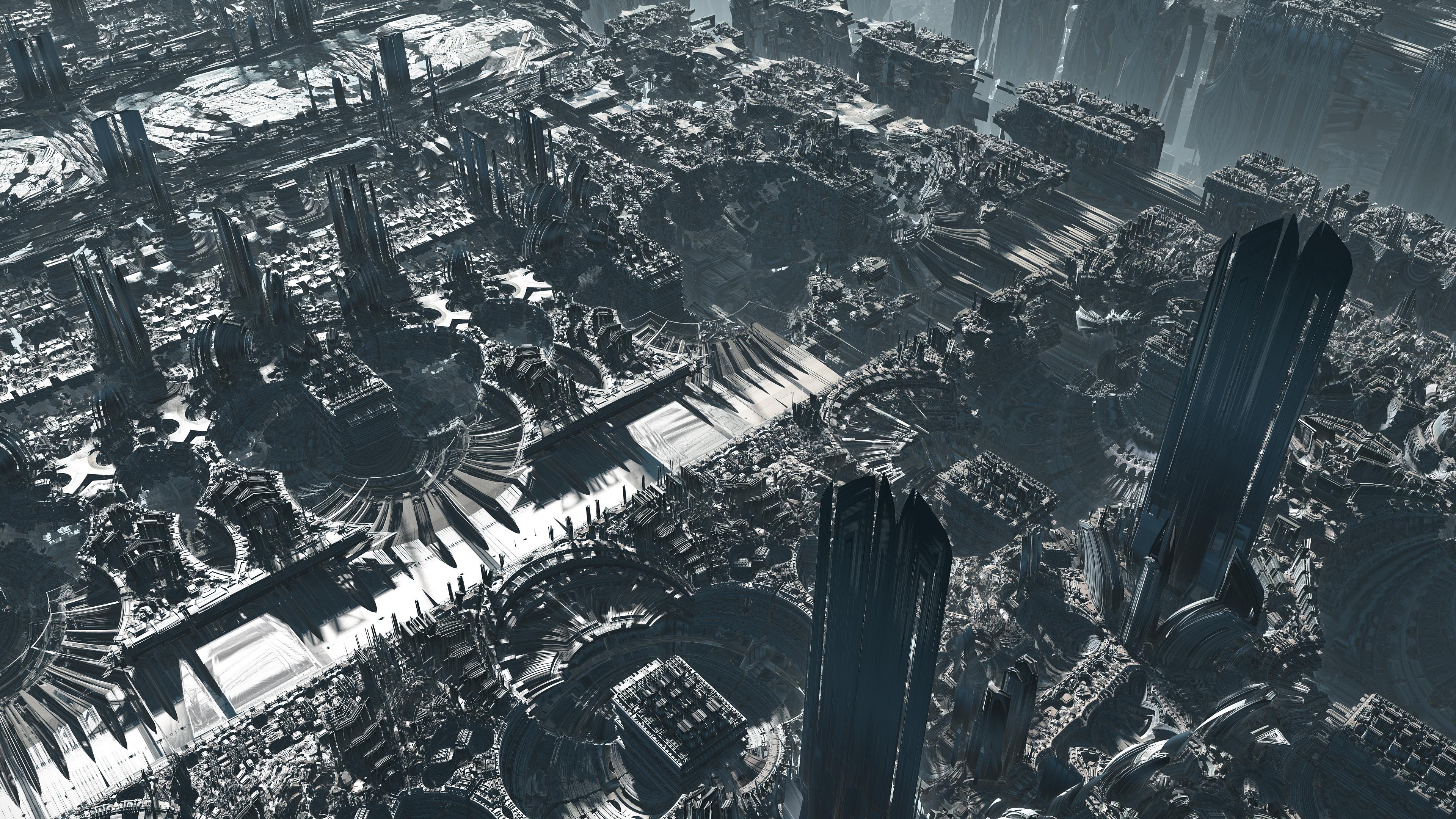
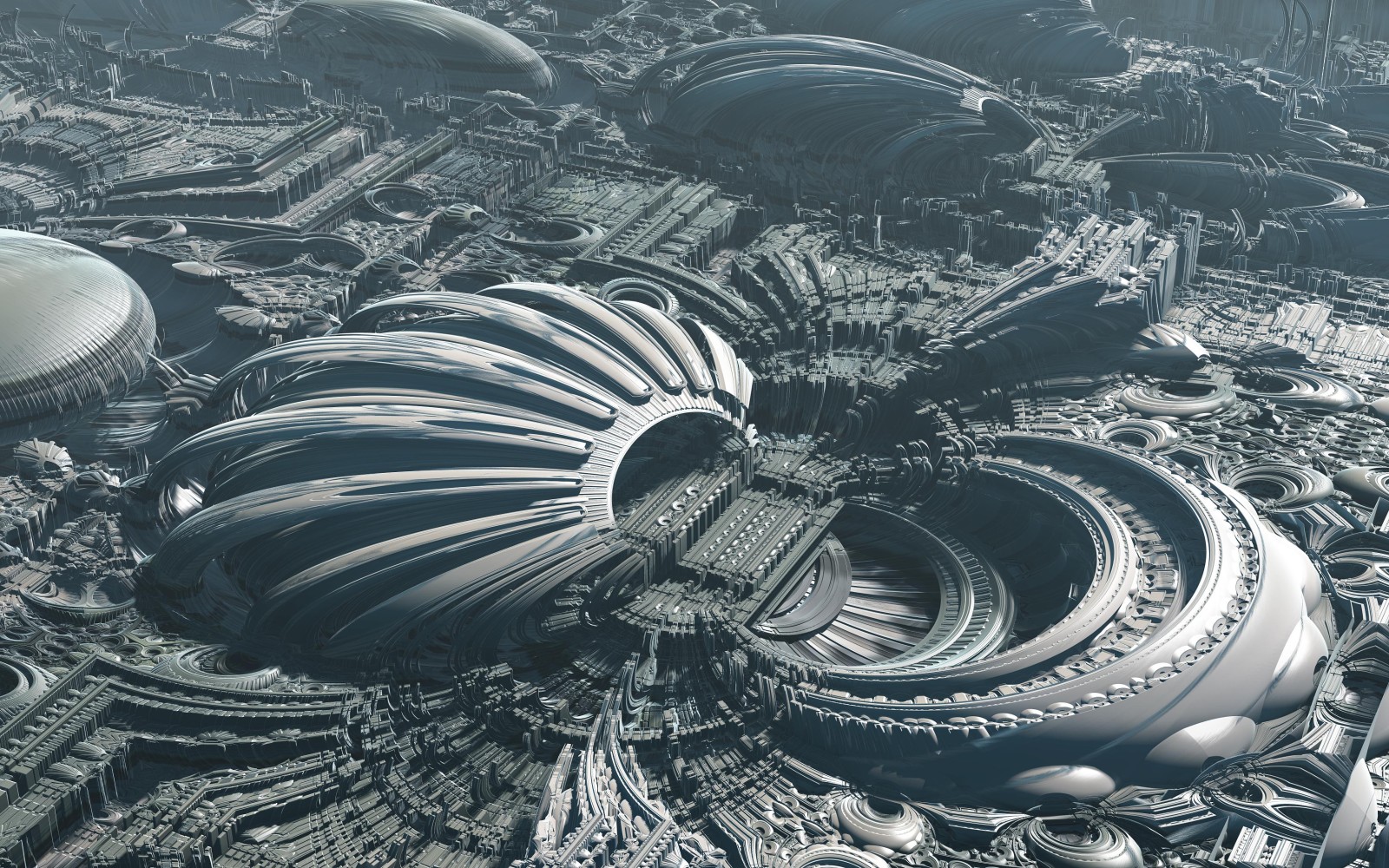
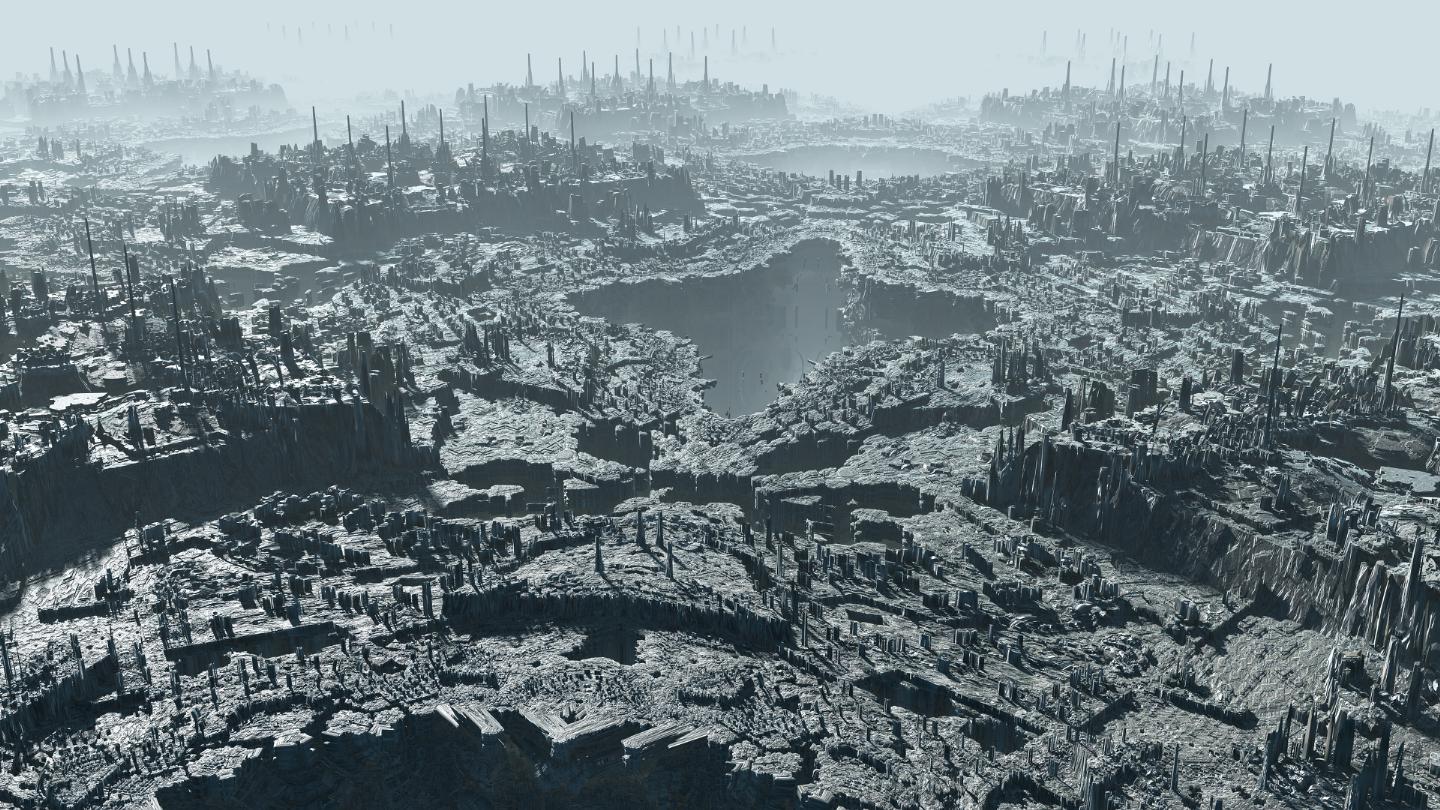
 One of their table napkins
One of their table napkins

